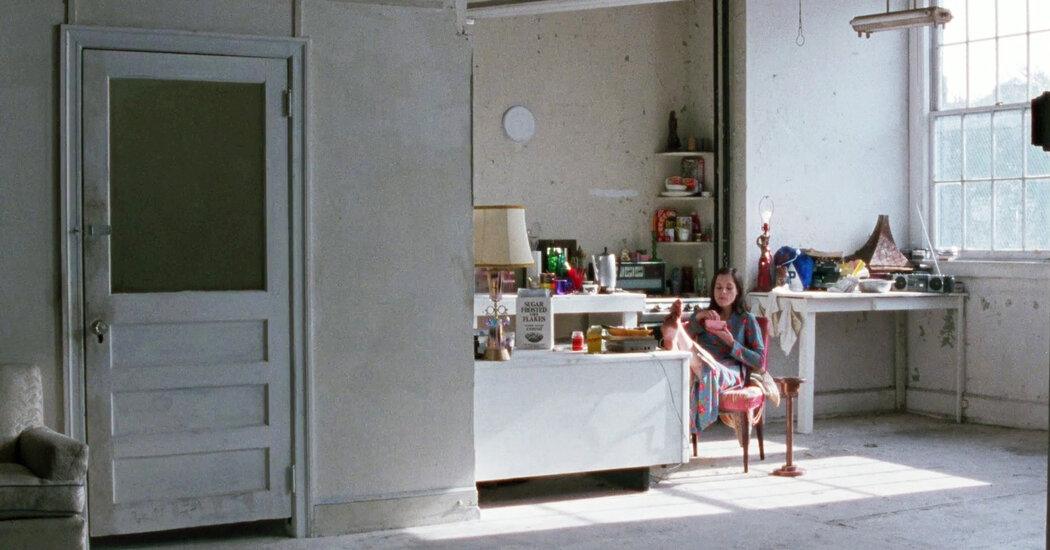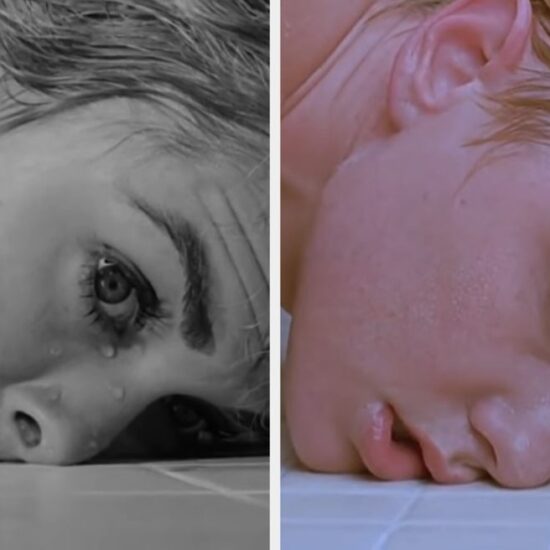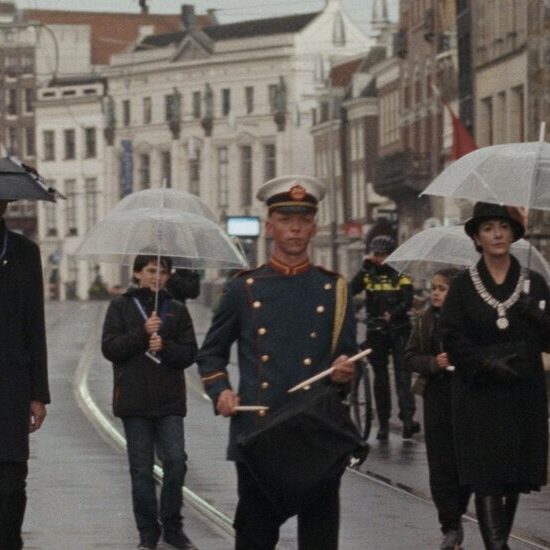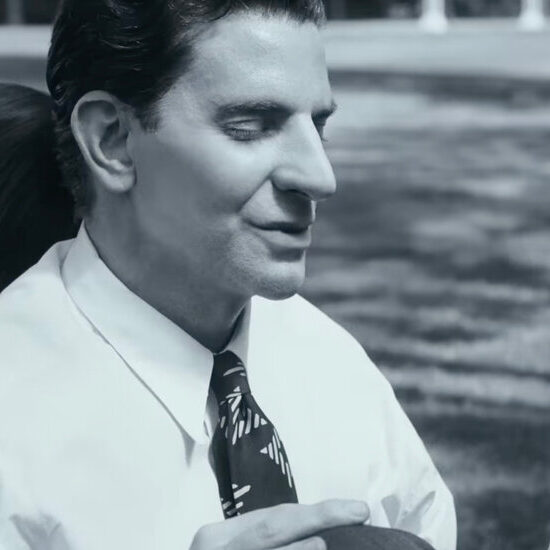
Moving to New York is almost always a decision informed partly by fantasy. It’s impossible to escape the fictional versions of the city that proliferate in books, art, music — and, perhaps most vividly, in movies and television shows, with their typically romantic (and typically misleading) depictions of rent-stabilized studios and affordable brownstones. To coincide with T’s New York-themed home-design issue, we asked a handful of designers, architects and other creative people about the film and TV interiors that shaped their vision of the city they now call home.
Toshiko Mori, architect: “Rosemary’s Baby” (1968)
Moved to New York in the late 1960s
I came to New York from Japan with my family to attend high school. One of my first assignments at the summer school I attended that year was to write an essay comparing the 1967 novel “Rosemary’s Baby” by Ira Levin with the film adaptation by Roman Polanski. The building in the movie is called the Bramford, but the exteriors, famously, were those of the Dakota on the Upper West Side. What struck me about the movie’s apartments was their aspect of interiority — the way they seemed to harbor secrets. I also remember their small, framed views of high-rise New York City buildings. Even though the film is, of course, a horror story and the building turns out to be cursed, “Rosemary’s Baby” only made me more excited about living in New York. Coming from Japan, I was used to stories about ghosts and evil spirits. So in an absurd way, it made the city feel more familiar.
John Derian, 60, designer and retailer: “Easy Living” (1937)
Moved to New York in 1992
I was a child who on Saturdays watched every old movie on TV: the 12 o’clock, the two o’clock, the four o’clock and, if I could get away with it, the six o’clock. One of my favorites was the screwball comedy “Easy Living,” starring Jean Arthur. The movie takes you all over New York through multiple dwellings, from a mansion on Fifth Avenue to a little room in a boardinghouse where Arthur’s character lives for seven dollars a week, culminating in an over-the-top Hollywood Regency-style suite at the fictional Hotel Louis with sky-high ceilings, a grand piano and an ornate plunge tub. “Wow,” I thought. “All this in one city? Sign me up!” I still love the smoke and mirrors of a good set, and I’m basically doing the same thing today in my shops, creating a little fantasy.
Stephen Alesch, 57, designer: “Batman” (1989)
Moved to New York in 1994
Growing up in Milwaukee and later in the Los Angeles area, I loved Batman comics. When Tim Burton’s “Batman” came out, I ate it up. The Gotham of the film was Manhattan exaggerated, and the neo-neo gothic sets blew me away. I loved the shadowy wet streets, the balconies up high in the mist, the buttresses and water towers. One interior that particularly struck me was Vicky Vale’s (Kim Basinger’s) penthouse, with its shiny tile walls and sweeping steel arch covered in rivets. During my first stay in New York in 1991, I couch surfed with friends and walked the streets for hours, taking in the Chrysler Building, Tudor City, the fire escapes of the Lower East Side. I couldn’t help seeing the city through a noirish lens. Within a few years I moved to New York for good, and I still push for rivets on projects and try to add a vaulted buttress wherever I see an opportunity.
Loren Daye, 48, interior designer: “She’s Gotta Have It” (1986)
Moved to New York in 1996
I was 21 and living in Chicago when I first saw “She’s Gotta Have It.” Much of the film takes place in Fort Greene, but the protagonist, Nola Darling (played by Tracy Camilla Johns), lives in a semi-empty loft in the shadow of the Brooklyn Bridge, among scrap pieces of wood, buckets of paint and her collages. The loft is painted almost completely white and has incredible arched windows and geometric light fixtures suspended from the ceiling, the whole space anchored by her bed at the very center. The bed has a latticed headboard where she lights dozens of candles every evening — it’s like a shrine to her sexuality. That room was my dream, representing freedom, honesty and self-realization. A year after I saw the movie, I arrived in New York. In 2003 I finally found a place in Fort Greene and I’m still here.
Billy Cotton, 42, interior designer: “Interiors” (1978)
Moved to New York in 2000
When I moved to New York to study Russian history at Hunter College I had no inkling I would become a designer. But I do remember watching Woody Allen’s “Interiors” — I think my parents had the VHS cassette — when I was a kid in Burlington, Vt. The matriarch of the story is Eve, an interior designer played by Geraldine Page, and the film’s rambling, sparsely furnished apartments formed my idea of an extremely glamorous New York. Now, looking back at the movie’s spare, monochromatic interiors, I feel like they’re oddly prescient of the current trend for entirely beige, cream and white spaces. But they’re also sort of timeless. This city throws so much visual energy at you on a daily basis, and I love the idea of having just a couple good things you can take with you from place to place.
Tal Schori, 43, architect: “The Hunger” (1983)
Moved to New York in 2003
I grew up in the New York suburbs in the 1990s and the city always held a somewhat intimidating allure for me. This was epitomized in the noirish vampire movie “The Hunger,” which I first saw as a teenager. David Bowie and Catherine Deneuve play the undead lovers John and Miriam Blaylock, who live in a luxurious prewar townhouse near Central Park. Dramatically lit through sheer curtains, the house, with its high ceilings, elegant French doors, paneled walls, ornate moldings and opulent stone cladding, exuded a certain languid luxury and dark transgressiveness. I was seduced. By 2003, I had arrived in New York, renting a modest one-bedroom in a 1960s brick co-op in Ditmas Park.
Jared Blake, 33, furniture designer and retailer: “Hey Arnold!” (1996-2004)
Moved to New York in 2005
To me, Arnold’s room in the Nickelodeon series “Hey Arnold!” is legendary. The show is set in a fictional city called Hillwood, but there’s no doubt in my mind it’s modeled on New York. Arnold had a Murphy bed, a skylight, track lighting, a giant water dispenser and a funky red rug kind of like the one in “The Shining” (1980), but more mod. I was born in New Jersey and moved to Fort Lauderdale, Fla., when I was 7, but I visited New York four times a year to see my dad, who lived in Harlem. I think I knew early on that the city was where I was meant to end up. It’s been 16 years since I arrived, and I’m realizing now that I may have subconsciously created my version of Arnold’s room in my apartment in Ridgewood, Queens. I have a Murphy bed and track lighting, and the whole vibe, like Arnold’s, is very eclectic. I’m just missing the skylight.
Farrah Sit, 41, furniture designer: “9½ Weeks” (1986)
Moved to New York in 2005
I grew up in Kingston, N.Y., just two hours away, and when I was a kid, the sensory overload of New York City — the noise, the stink, the heat — was intense for me. So the interiors in “9 ½ Weeks” were a revelation: an expression of austere minimalism and an aspiring art school kid’s dream. Elizabeth’s art gallery loft was a light-filled box that seemed to float above the chaos of the city. John’s monochromatic, museumlike penthouse, with its furniture by Marcel Breuer and Richard Meier, was luxurious and restrained. These spaces played with light, shadow and texture, expressing an aesthetic that resonates with me to this day. After 18 years living in New York, I still respond to the intensity of the city by creating a feeling of serenity in my work.
Fabiana Faria, 37, retailer: “The Hours” (2002)
Moved to New York in 2007
Meryl Streep character’s in “The Hours,” Clarissa Vaughan, lives in a rustic, rambling, flower-filled home in downtown New York where she often hosts parties. I first saw the movie when I was 14 and living with my parents in Caracas, Venezuela. I wanted to believe that one day I would have a home in New York like that where I would host gatherings of interesting people and be able to walk everywhere, dropping by the butcher or the florist, who both knew me. There are several scenes in Clarissa’s wonderful open kitchen, which has a big stove, hanging pots and wood floors. When I moved to the city I had no illusions of living in such luxury — I shared a two-bedroom with three other roommates on Roosevelt Island — but I held on to that vision of a warm, lived-in, well-loved New York apartment.
Luam Melake, 36, furniture designer: “Party Girl” (1995)
Moved to New York in 2011
When I first saw “Party Girl,” I was 22 and living in San Francisco. Posey’s character, an aspiring librarian who prioritizes fashion and parties, struck me as a shinier reflection of my life as a clothing-obsessed pseudo-librarian — I worked at a bookstore — who earned a living basically just to dress up and hang out. Posey’s character lives in a dingy loft in Chinatown that mainly houses her wardrobe and record collection. It’s a flexible space that she transforms for each party. When I was 24, I moved to New York with just my books and clothes and lived in a series of odd spaces around Chinatown. I was always out — and absolutely thrilled to be here. I’m still a fashion-forward librarian now, at Parsons, and I make flexible furniture designed for better social interactions. I spend less time at parties and more time imagining them.
Minjae Kim, 34, artist and designer: “Basquiat” (1996)
Moved to New York in 2015
I was in high school in Korea when I first saw the artist Julian Schnabel’s “Basquiat,” a movie about navigating the New York art scene that feels more and more authentic to me as time goes by. I was struck by Basquiat’s East Village apartment, covered wall to wall with his own work, and by the loft apartment of the fictional artist Albert Milo (played by Gary Oldman), where art handlers carried around paintings big enough to be theater backdrops. I was captivated by the romance of living among one’s own work, in a space oriented around the creation of art. The film was inevitably a reference for me when I moved from Seoul to Spanish Harlem and even again last year, when I moved to Bed-Stuy, into my first apartment by myself.
Eny Lee Parker, 34, furniture designer: “Friends” (1994-2004)
Moved to New York in 2018
I grew up in Brazil and, like many middle-school-aged millennials around the world, I religiously watched “Friends” to learn English. The décor of the apartments — the purple walls in Monica’s apartment, the La-Z-Boy chairs in Joey and Chandler’s — didn’t exactly provoke design envy. But I loved how the spaces were a safe, warm environment for these six friends to be themselves. I moved to Williamsburg after grad school, and funnily enough, it was much like “Friends.” Me, my then-husband, my best friend and her then-boyfriend shared a unicorn of an apartment: a rent-controlled three-bedroom, three-bathroom with a private rooftop. We hung out, ate our meals together and threw a few parties. I still love the idea of having friends over, ordering Chinese food and sitting around the coffee table while we eat from takeout containers.













